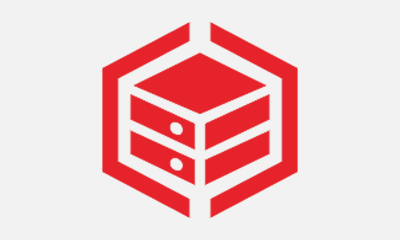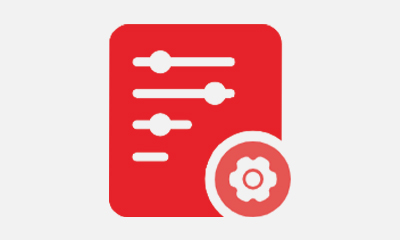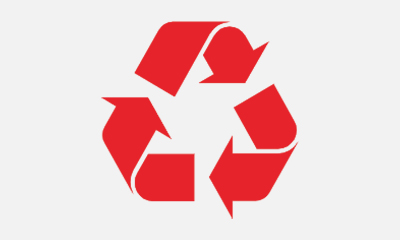When choosing a portable pulsed laser cleaner, there are several factors to consider to ensure that the equipment you purchase will meet your specific needs.
1. Cleaning Needs
Application Scenario: Begin by identifying the application environment where the cleaning will take place, such as the industry, the type of material (metal, plastic, coating, etc.), and the object to be cleaned (e.g., machine parts, tools, buildings, etc.).
Dirt type: Consider the type of dirt to be removed, such as rust, oil, coatings, welding residues, etc., to determine the light source wavelength and power requirements.
2. Laser parameters
Wavelength: Different wavelengths of laser light have different absorptive properties on materials, and choosing the right wavelength of laser light can improve the cleaning efficiency and effect.
Power: The power size directly affects the cleaning efficiency. Generally speaking, the higher the power, the faster the cleaning speed, but also take into account the tolerance of the material to avoid damage to the substrate.
Pulse width and frequency: appropriate pulse width and frequency can better control the thermal impact and cleaning effect.
3. Equipment design and portability
Weight and size: Choose lightweight and compact equipment for easy transportation and operation. Handheld or vehicle-mounted designs can be considered.
Ease of use: The interface of the equipment should be simple and easy to understand, preferably with automated settings to reduce operational complexity.
4. Safety
Safety Protection: Ensure that the equipment has good safety protection measures, such as anti-laser shield, automatic stopping system, etc., to protect the safety of the operator.
Compliance: Check whether the laser equipment complies with local laws and regulations and safety standards (e.g. CE, FDA, etc.).
5. Maintenance and service
After-sales service: Choose the manufacturer that provides good after-sales service and technical support to ensure that the equipment can be solved in time when it encounters problems in the course of use.
Maintenance capability: Understand the maintenance and repair requirements of the equipment to ensure that the internal parts are easy to replace and maintain.
6. Cost-effectiveness
Budget: Define the budget for purchasing the machine and compare the prices of different brands and models.
Total Cost of Ownership: In addition to the purchase cost, consider the long-term costs of consumables, maintenance and energy consumption during the use of the equipment.
7. User Evaluation and Cases
User feedback: Refer to other users' experience and evaluation to understand the actual performance and reliability of the equipment.
Case study: Check the successful cases where the equipment is used in specific industries or applications to verify its applicability.
With these considerations, you can be more targeted in choosing the right portable pulsed laser cleaner to meet your specific needs and application scenarios. Click here to contact Suntop Laser today to recommend the right laser cleaner for you.
Choosing Suntop Laser as a supplier or brand of laser cleaning machines can be based on the following features and advantages:

Advanced technology
Suntop Laser usually adopts advanced laser technology, relying on years of R&D experience to provide efficient and stable laser cleaning solutions to meet the needs of various industries.

Product diversification
Suntop Laser provides laser cleaning machines of various models and specifications, and can provide corresponding equipment selection for different application scenarios (such as metal cleaning, coating removal, rust removal, etc.) to meet the special needs of different customers.

High cleaning efficiency
Suntop's laser cleaning technology has high cleaning speed and efficiency, which reduces customers' working time, improves productivity, and enables customers to complete cleaning tasks faster.

Environmental protection and safety
Laser cleaning is an environmentally friendly cleaning method. Suntop Laser's equipment is designed with environmental protection in mind, and also has necessary safety protection measures to ensure the safety of operators.

Reliable after-sales service
Choosing Suntop Laser's products, customers can usually enjoy good after-sales service, including technical support, maintenance, warranty, etc., to ensure that problems encountered during the use of the equipment can be solved in time.

Excellent cost performance
Suntop Laser's products generally have a high cost performance in the market, providing reasonable prices and high-quality technical support, so that customers can obtain high-quality equipment at a relatively low cost.
Choosing Suntop Laser is not only choosing a laser cleaning machine, but also choosing a partner that can provide efficient, reliable and safe cleaning solutions. When considering a laser cleaning machine, understanding its product features, technical advantages and after-sales service will help you make a wise choice. Click here to contact Suntop Laser now.
1. What is a portable pulsed laser cleaner?
Portable pulsed laser cleaner is a device that utilizes laser technology to remove surface dirt, rust, oil, coatings and so on. It is compact and lightweight, making it easy to use in different work environments.
2. What are the advantages of laser cleaning over traditional cleaning methods?
Environmentally friendly: no chemical solvents are needed, which reduces the pollution to the environment.
High efficiency: laser can quickly and precisely remove pollutants and improve cleaning efficiency.
No damage to substrates: suitable for cleaning complex shapes or precision parts.
Cost-effective: although the initial investment is high, in the long run, laser cleaning reduces the cost of follow-up treatment.
3. What safety precautions should I take when using a laser cleaner?
Wear protective equipment: This includes laser protective glasses, gloves and protective clothing.
Set up a safe area: Make sure there are no uninvolved people around and that the area is clearly marked.
Understand the equipment operator's manual: Familiarize yourself with all of the equipment's features and safety guidelines.
4. How do I perform routine maintenance on my portable laser cleaner?
Regular Cleaning: Keep the exterior of the equipment clean to avoid dust and dirt from affecting its use.
Check the laser head and fiber: Check and clean the laser emitting part regularly to ensure proper operation.
Contact your supplier regularly: learn about maintenance and warranty services, and have it professionally repaired if necessary.
5. What is the general working efficiency?
Work efficiency is related to a number of factors, including laser power, type of material to be cleaned, and thickness of the dirt. Generally speaking, the speed of laser cleaning can reach several square meters per minute, but the specifics need to be evaluated according to the parameters of the equipment and the application.
6. Is the energy consumption and running cost of the equipment high?
The energy consumption of laser cleaning machines is relatively low and the running costs are mainly due to power consumption. In the long run, laser cleaning can save more chemical cleaning agents and labor costs, the overall cost-effective.
7. Can I customize my laser cleaner?
Yes, customized service is available to customize the equipment according to your specific needs (e.g. power, wavelength, form factor, etc.). When making a consultation, you can explain your needs in detail.







































































